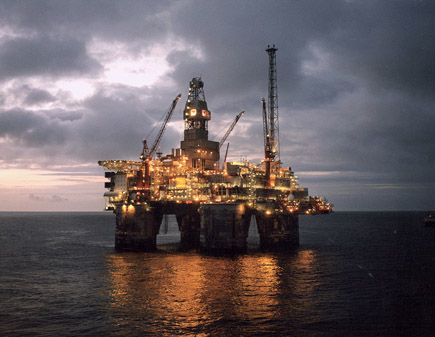 [Image: Courtesy of Statoil].
[Image: Courtesy of Statoil].I was flipping through a copy of Archive the other night when I came across a spread of recent print ads by Norwegian oil giant, Statoil. The ads featured cities and skyscrapers and the Roman Colosseum all Photoshop'd perfectly onto offshore oil derricks; they looked like instant and futuristic offshore micro-utopias – or perhaps even some weird, mechano-robotic version of Arnold Böcklin's Isle of the Dead.
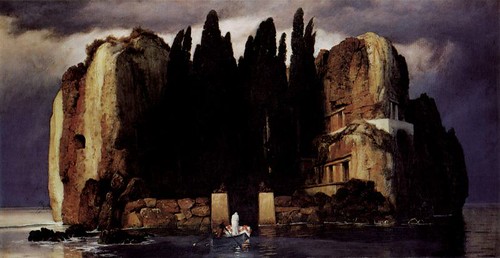 [Image: Arnold Böcklin].
[Image: Arnold Böcklin].In any case, I wanted to post the ads here – but all I could find online were Statoil's own press images. Those, however, induced a kind of minor panic attack, as the offshore structures they document easily rival, and possibly surpass, the most far-fetched architectural speculations of Constant Nieuwenhuys.
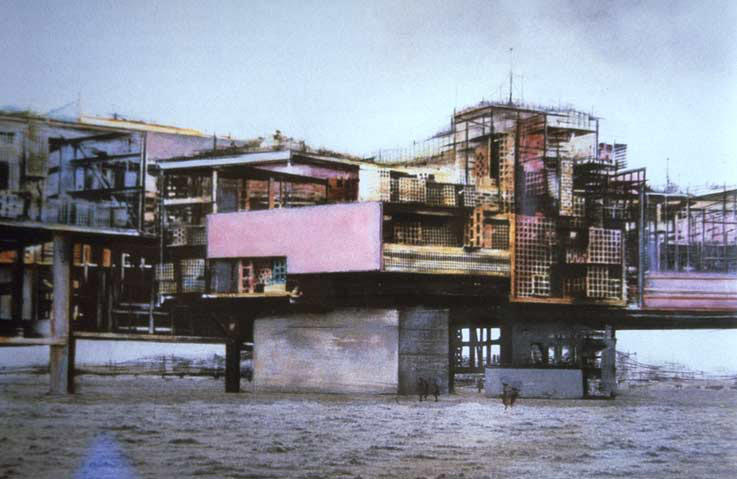
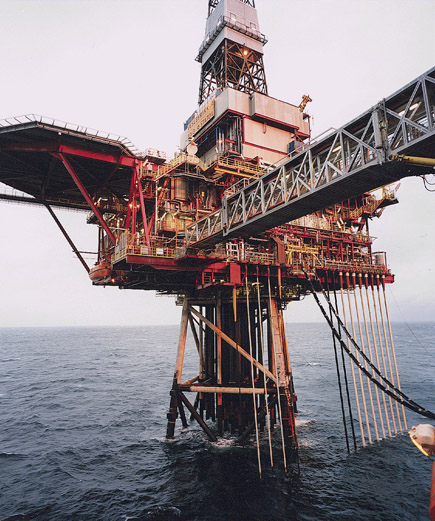
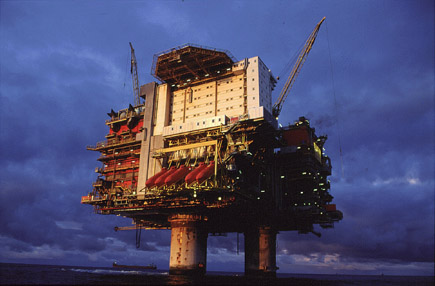 [Images: Constant vs. Statoil].
[Images: Constant vs. Statoil].So here are some photos – and anyone who runs across online versions of the Statoil ads, let me know.
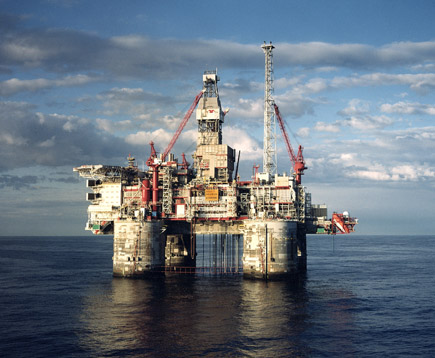
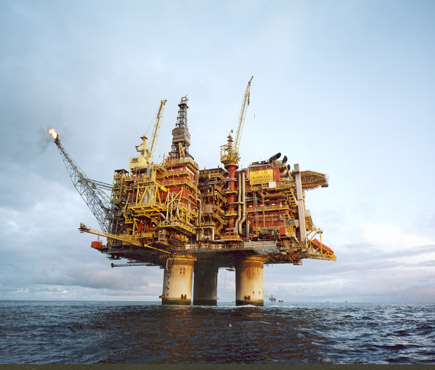
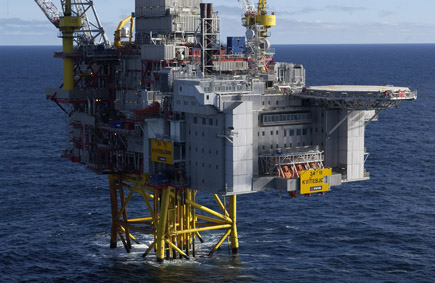 [Images: Courtesy of Statoil].
[Images: Courtesy of Statoil].These next two shots were actually taken inside the legs of one of the derricks; as such, the photographer is standing below sealevel.
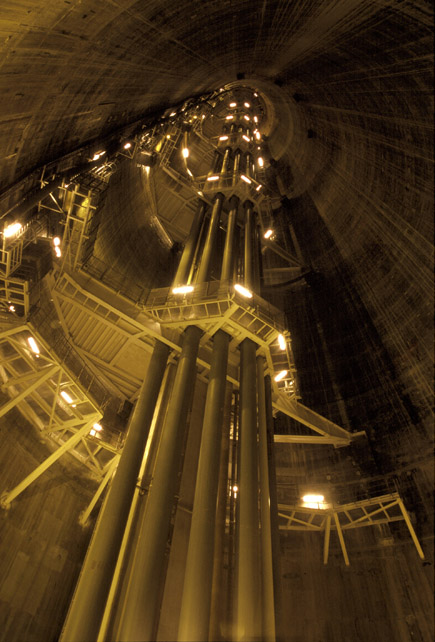
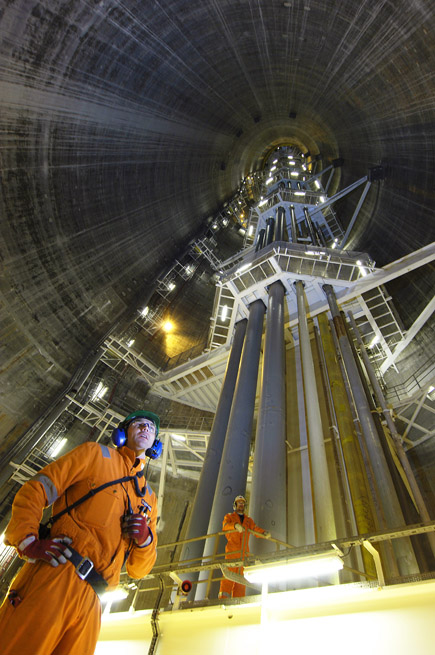 [Images: Courtesy of Statoil].
[Images: Courtesy of Statoil].But then I got to thinking how, toward the beginning of The Aeneid, we read that Aeneas and his crew have been tossed about by a string of storms and bad navigation, moving island to island against their will:
For yearsThey are accidental exiles, always docking on the wrong shore.
They wandered as their destiny drove them on
From one sea to the next...
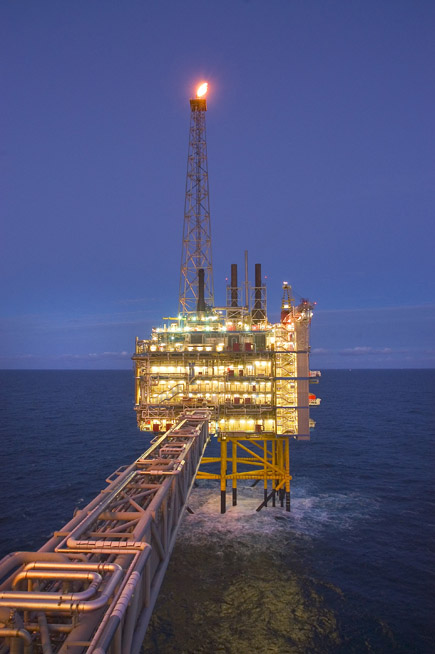 [Image: Courtesy of Statoil].
[Image: Courtesy of Statoil].Unsurprisingly, Aeneas is soon fed up with trying "[t]o learn what coast the wind had brought him to," so he confronts a random islander – not realizing that it's actually his mother (his mom happens to be Venus, and she likes to wear disguises). He demands:
Tell us under what heaven we've come at last,Etc. etc. – it's the endless drama of origin and detour.
On what shore of the world are we cast up,
Wanderers that we are, strange to this country,
Driven here by wind and heavy sea.
My point is simply: how might the Aeneid have been different if the Mediterranean Sea they'd explored had actually been full of oil derricks, a manmade geography of machine-islands, industrialized stilt-kingdoms each more fantastic than the rest – and so they'd set sail beneath the anchored legs of support understructures and maintenance gantries, roping up their ships for the night in the shadow of artificial hills and disguised islands? An Aeneid for the machine age.
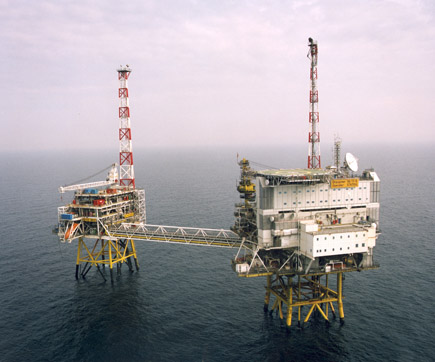
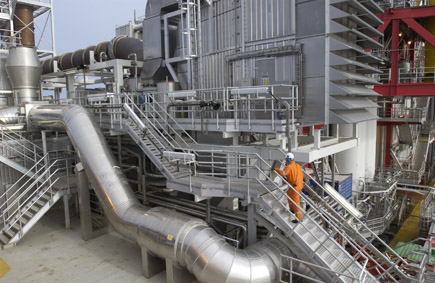 [Images: Courtesy of Statoil].
[Images: Courtesy of Statoil].More practical questions include the reuse of these structures: what unintended future functions might these aging derricks be repurposed for? Once their fields run dry, will they be left standing till inevitable collapse? Or will a maritime preservation movement swoop in to save them?
Further, will corporate tax havens of tomorrow be built at sea, in private archipelagos of platform-cities, an experimental terrain for new concepts of financial sovereignty?
[Note: Just to be absolutely clear here, all images of oil derricks used in this post come courtesy of Statoil].
No comments:
Post a Comment